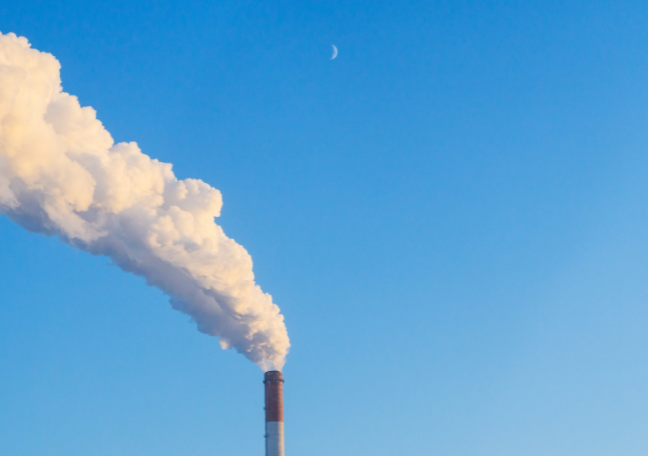Lesson Summary
Students explore how global emissions of greenhouse gases differ all over the world and investigate where Australia's emissions come from. They then investigate the strategies being employed to reduce emissions and move toward a net-zero economy while also lessening our impact on Earth’s systems.
Learning intentions:
Students will...
- Identify who the world’s biggest emitters of greenhouse gases are using data and discover where Australia’s greenhouse gas emissions come from, before investigating strategies that are being employed to reduce emissions and lessen the effects of human activity on Earth’s systems.
Success criteria:
Students can...
- Evaluate data to determine the biggest greenhouse gas emitters in our world
- Describe where Australia’s greenhouse gas emissions come from
- Outline strategies to reduce greenhouse gas emissions in Australia and lessen the effect of human activities on Earth’s systems.
Lesson guides and printables
Curriculum links
Select your curriculum from the options below.
Lesson details
Skills
- Collaboration
- Curiosity
- Ethical Understanding
- Communication
- Reflection
Curriculum Mapping
Australian Curriculum (v9.0) content description: Year 9 Earth and Space Sciences
- Represent the carbon cycle and examine how key processes, including combustion, photosynthesis, and respiration rely on interactions between Earth’s spheres (the geosphere, biosphere, hydrosphere and atmosphere) (AC9S9U03).
General capabilities: Critical and Creative Thinking, Personal and Social Capability
Syllabus outcomes: Stage 5 ES3
Cross-curriculum priority: Sustainability
Relevant parts of Year 9 Science achievement standards:
Students can explain how interactions within and between Earth’s spheres affect the carbon cycle and analyse the different ways in which science and society are interconnected.
This unit of lessons, along with the other units in the Skills and Jobs For a Transitioned Economy package aim to teach students how to be climate solution entrepreneurs. These lessons will equip students with the relevant skills and knowledge of jobs and career pathways that will be able to sustain our economy once it has transitioned away from fossil fuels.
Cool.org thanks our philanthropic partners, the Lord Mayor’s Charitable Foundation and Boundless Earth, for their generous contributions in helping us to create these resources.
UN Sustainable development goals
Resources Required
- Device capable of presenting audiovisual material
- Student devices for research
Additional Info
Level of teacher scaffolding: Low – facilitation of discussion and research.
This unit of lessons, along with the other units in the Skills and Jobs For a Transitioned Economy package aim to teach students how to be climate solution entrepreneurs. These lessons will equip students with the relevant skills and knowledge of jobs and career pathways that will be able to sustain our economy once it has transitioned away from fossil fuels.
Cool.org thanks our philanthropic partners, the Lord Mayor’s Charitable Foundation and Boundless Earth, for their generous contributions in helping us to create these resources.


Welcome back!
Don't have an account yet?
Log in with:
Create your free Cool.org account.
Many of our resources are free, with an option to upgrade to Cool+ for premium content.
Already have an account?
Sign up with:
By signing up you accept Cool.org's Terms and Conditions(Opens in new tab) and Privacy Policy(Opens in new tab).